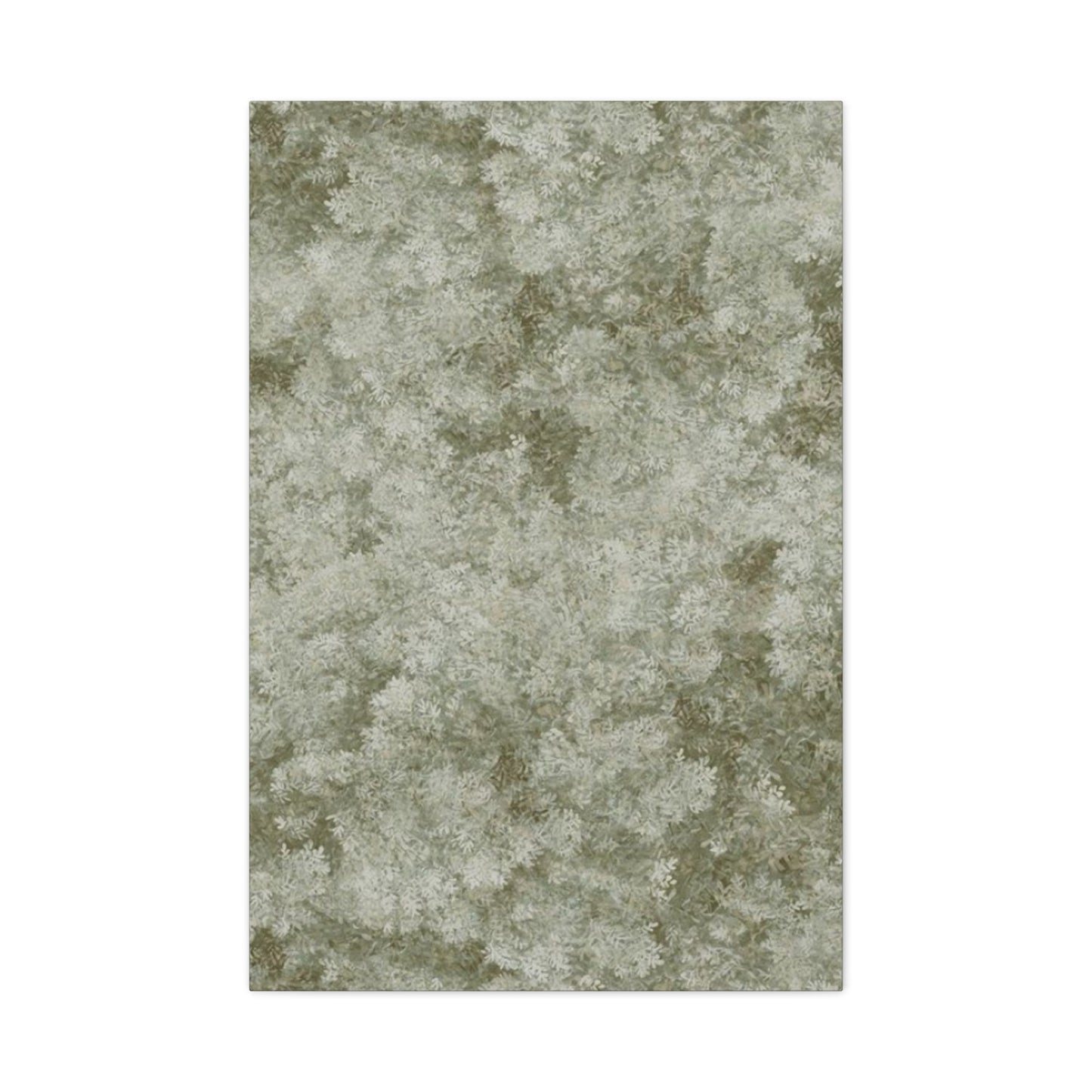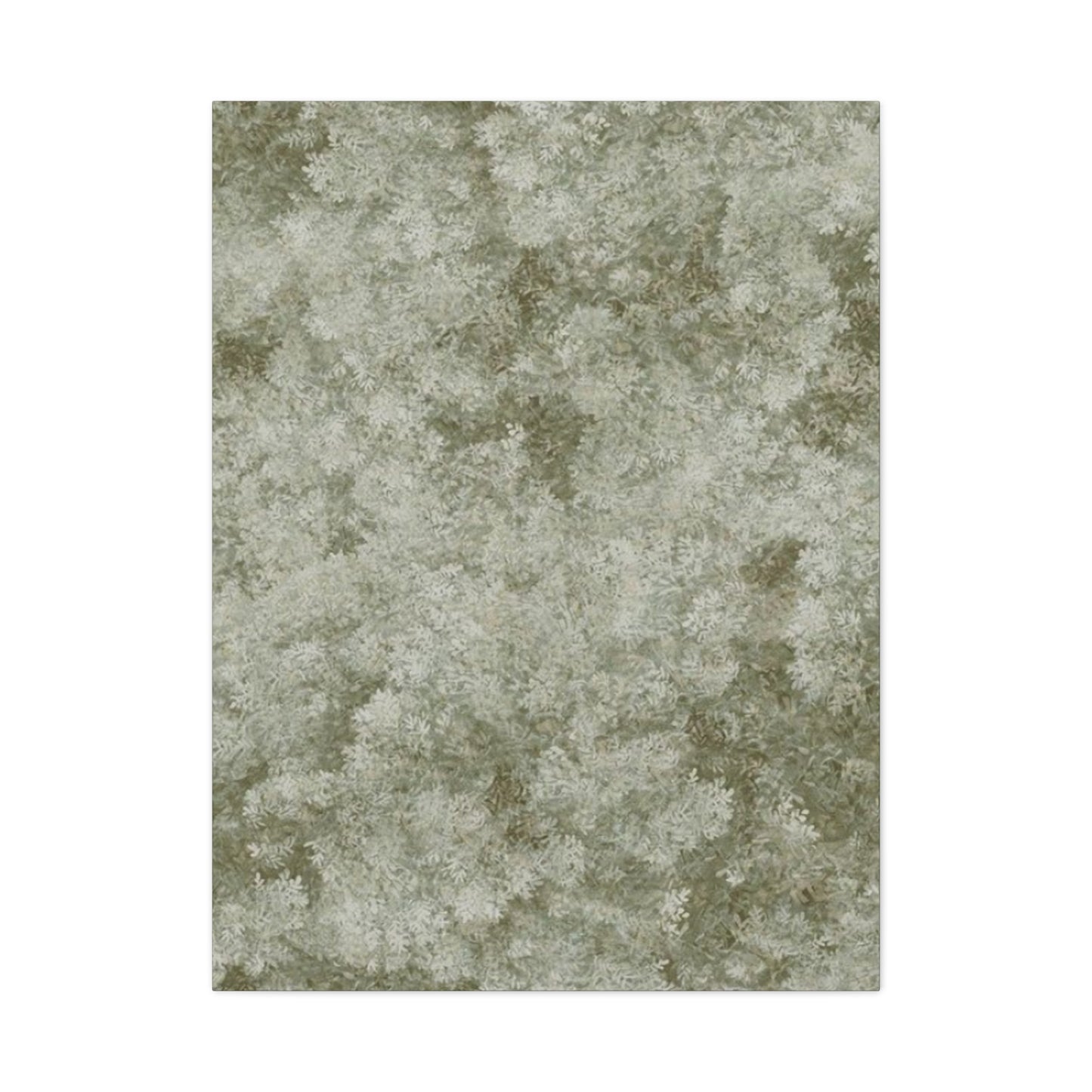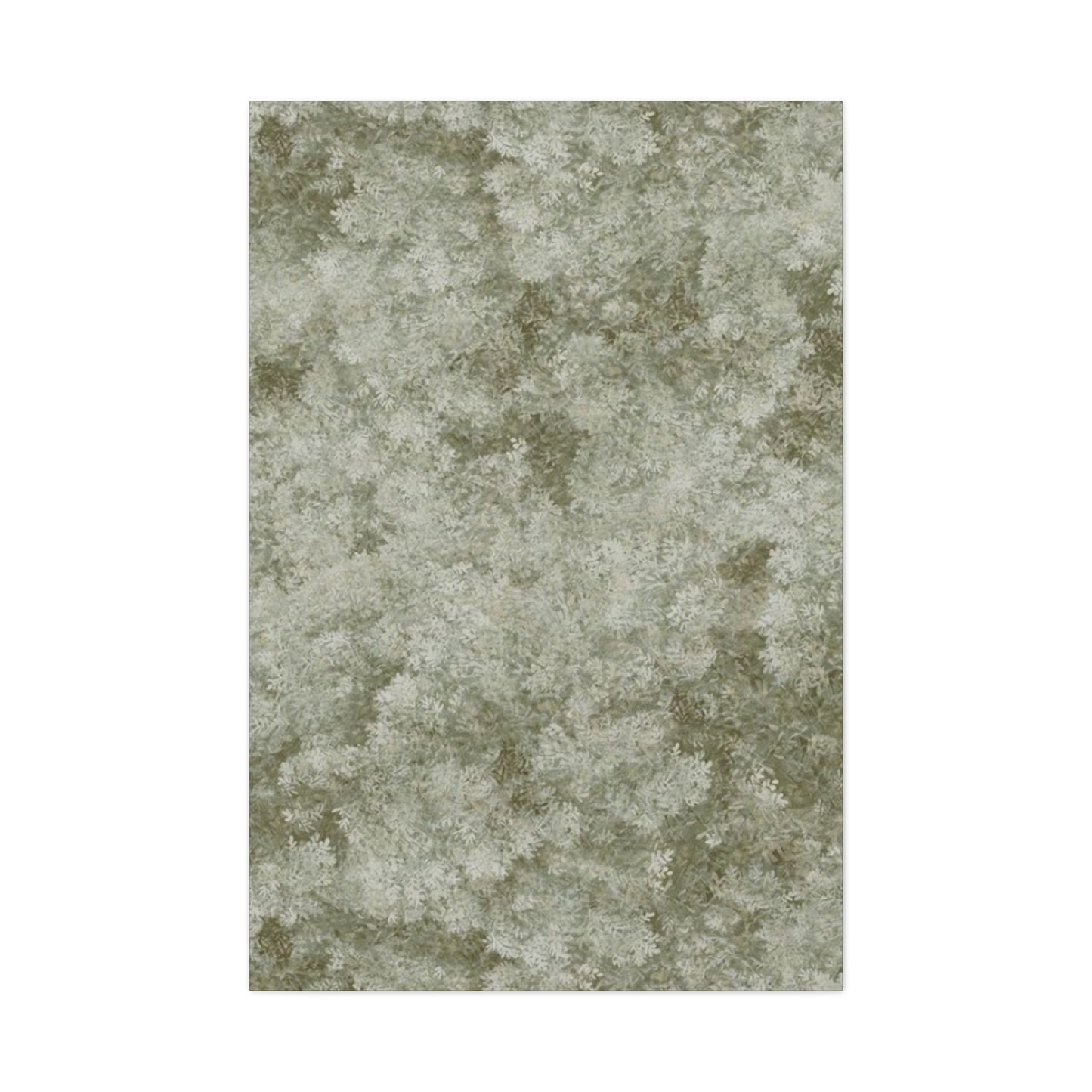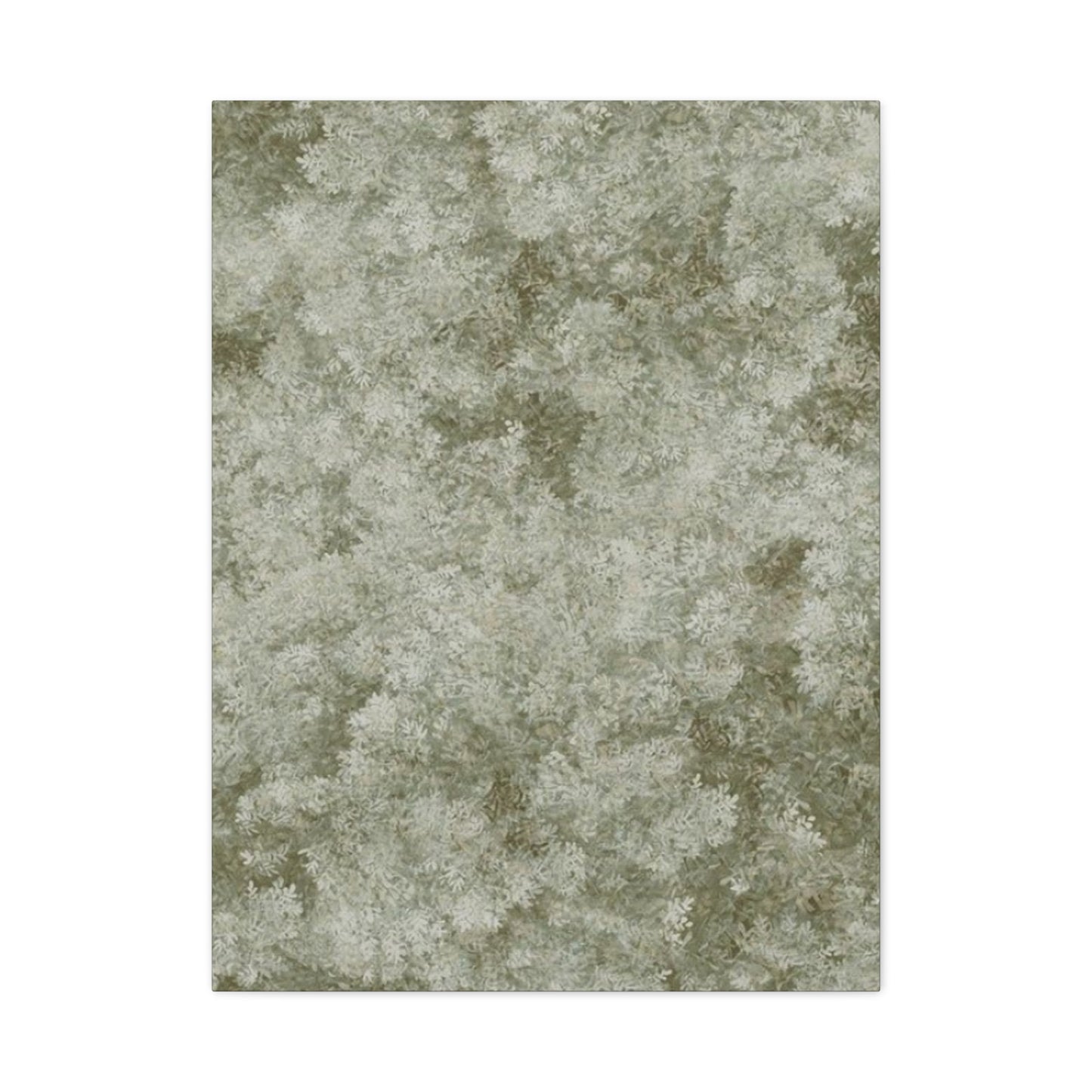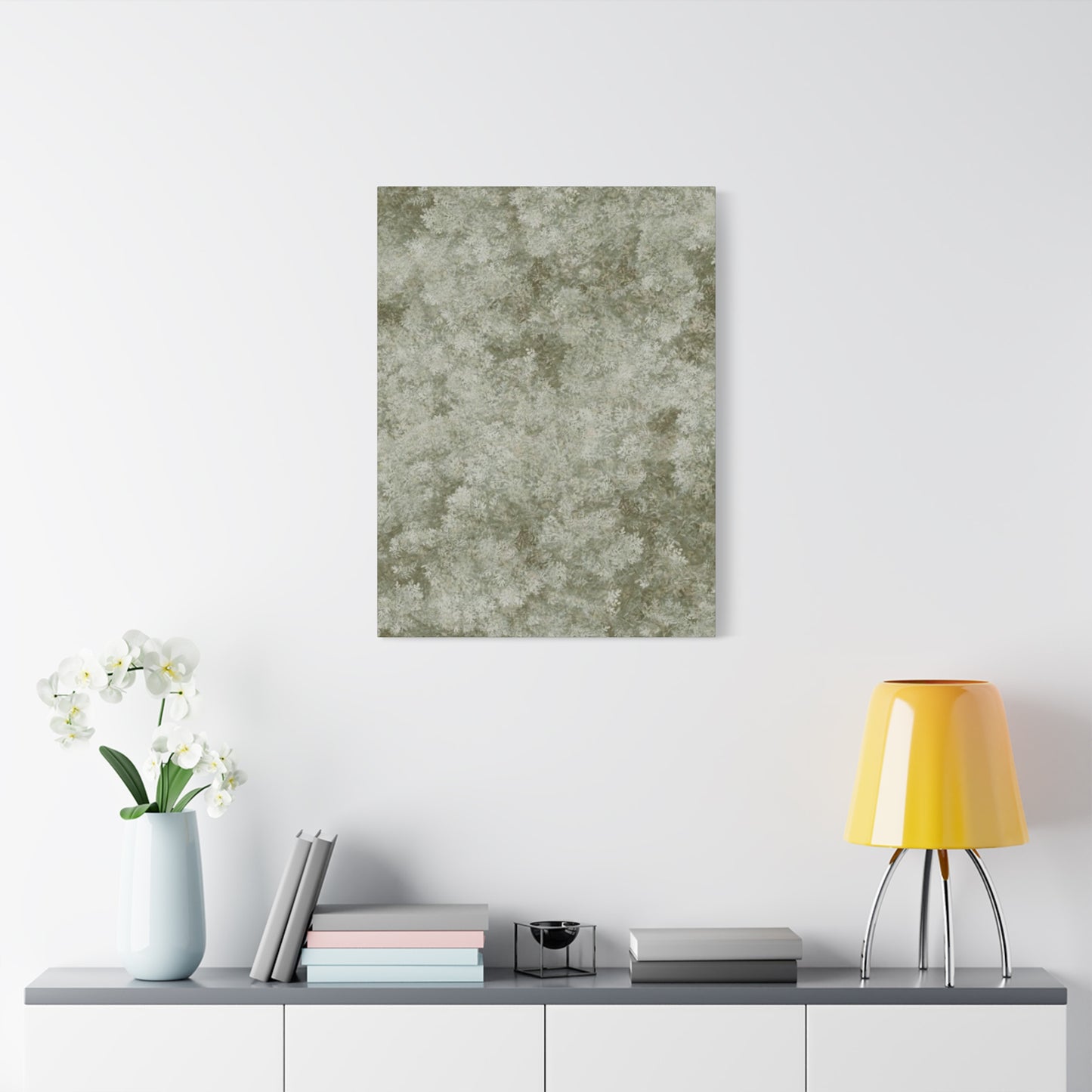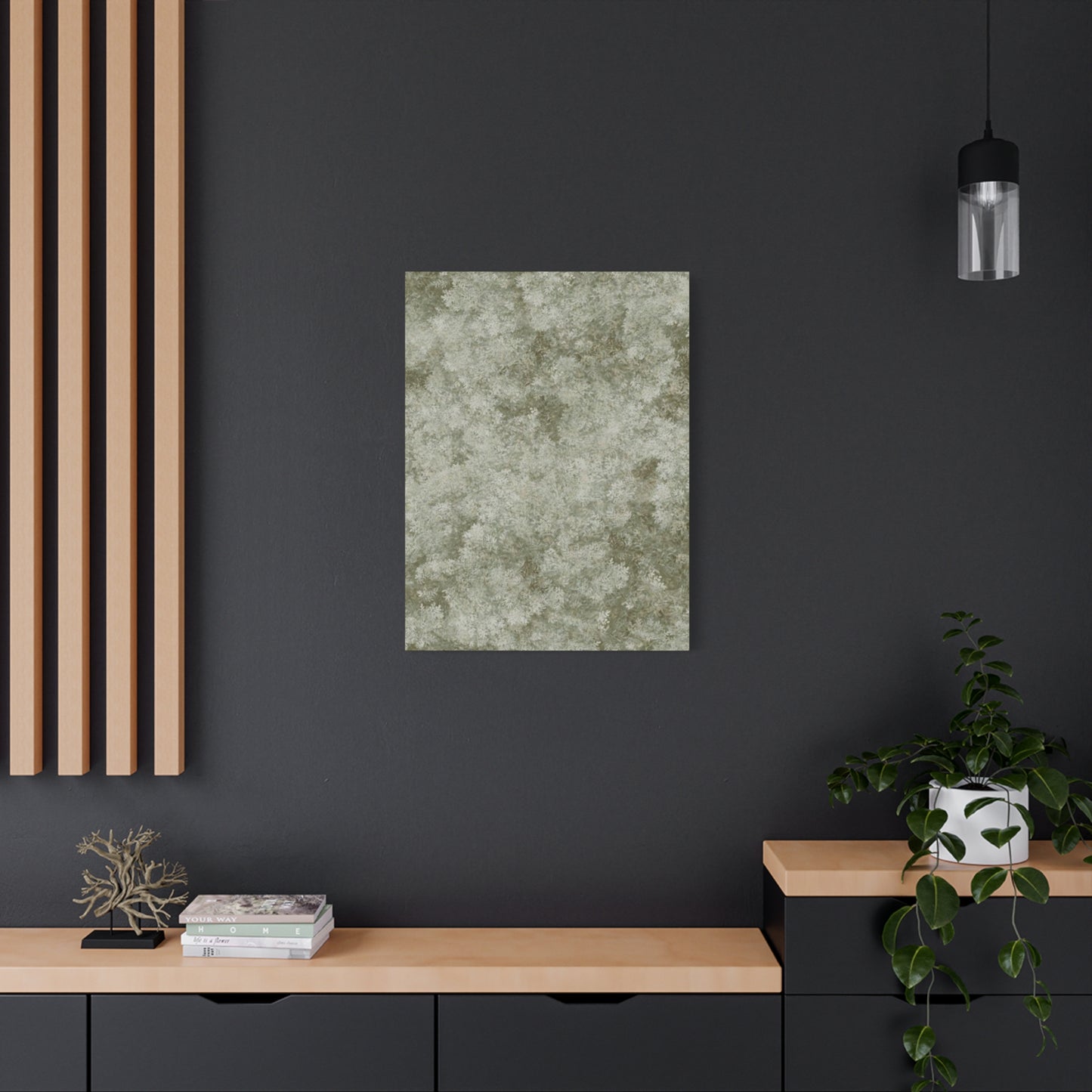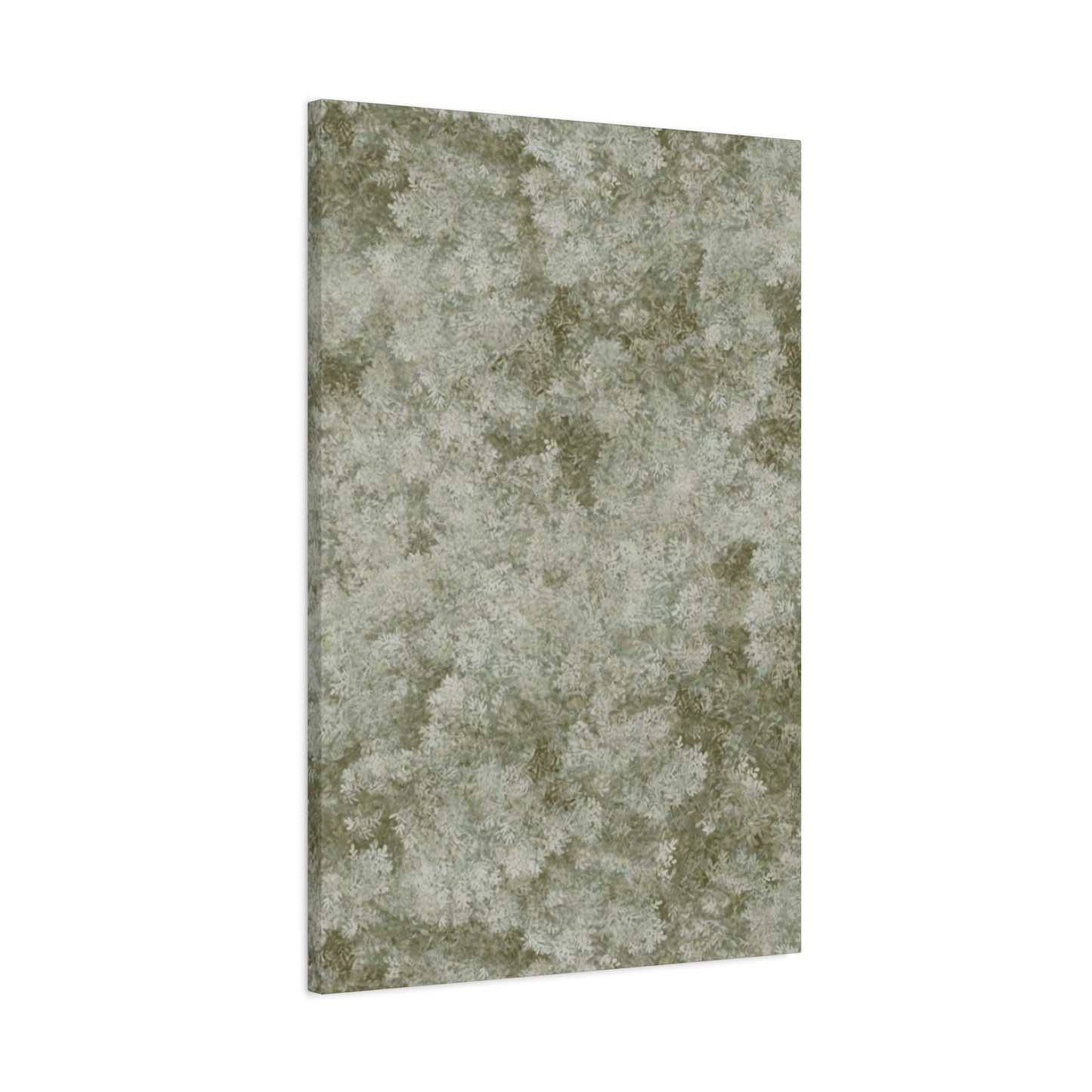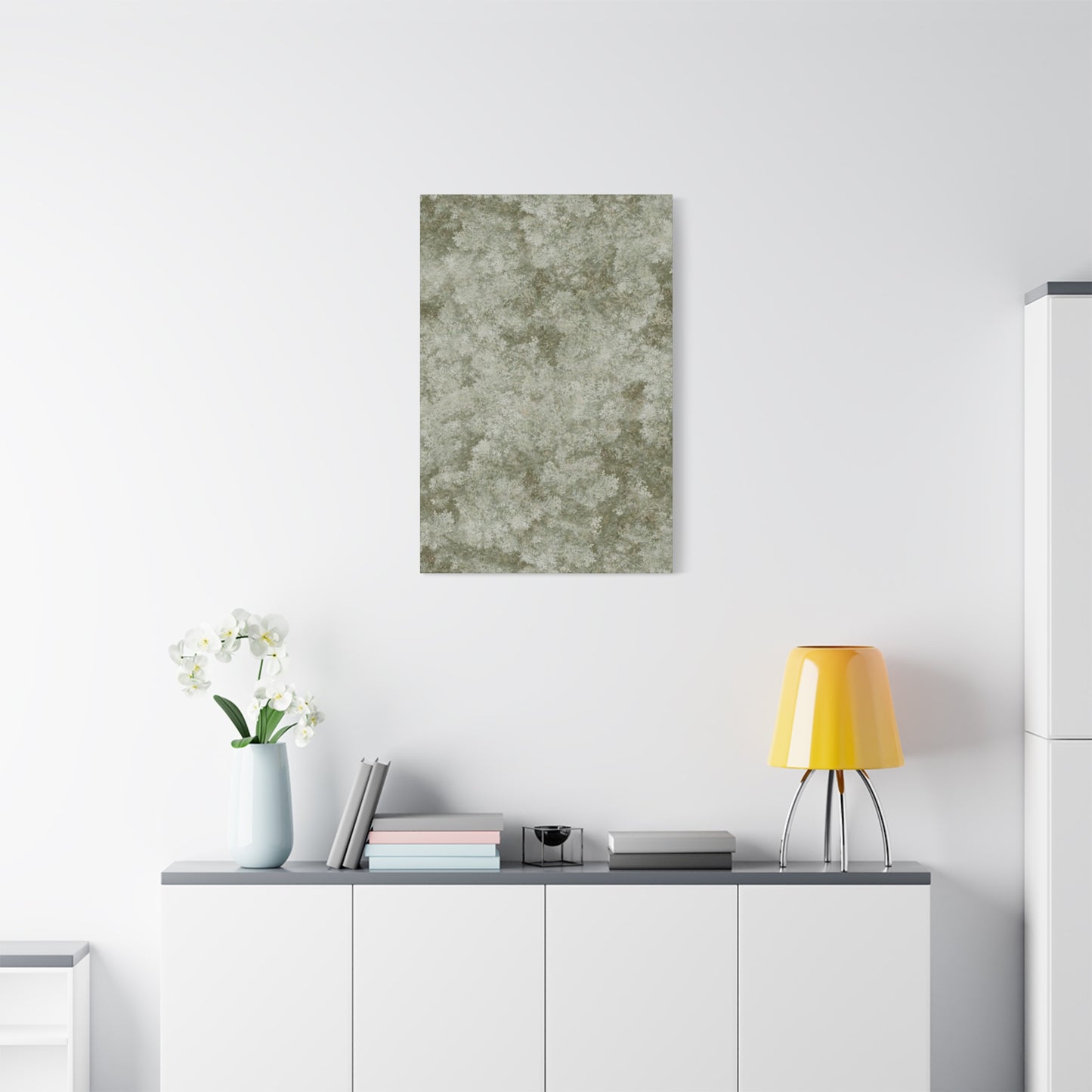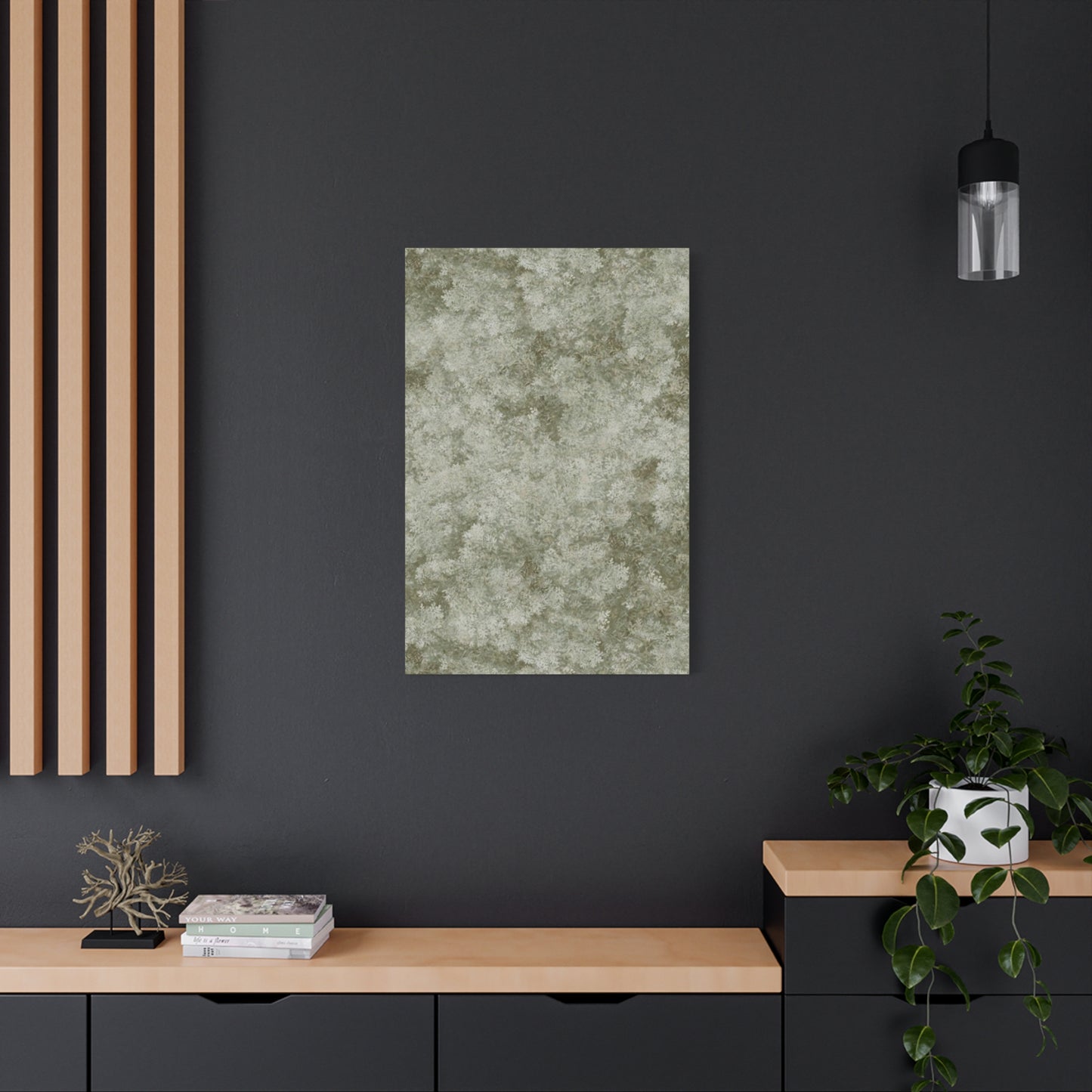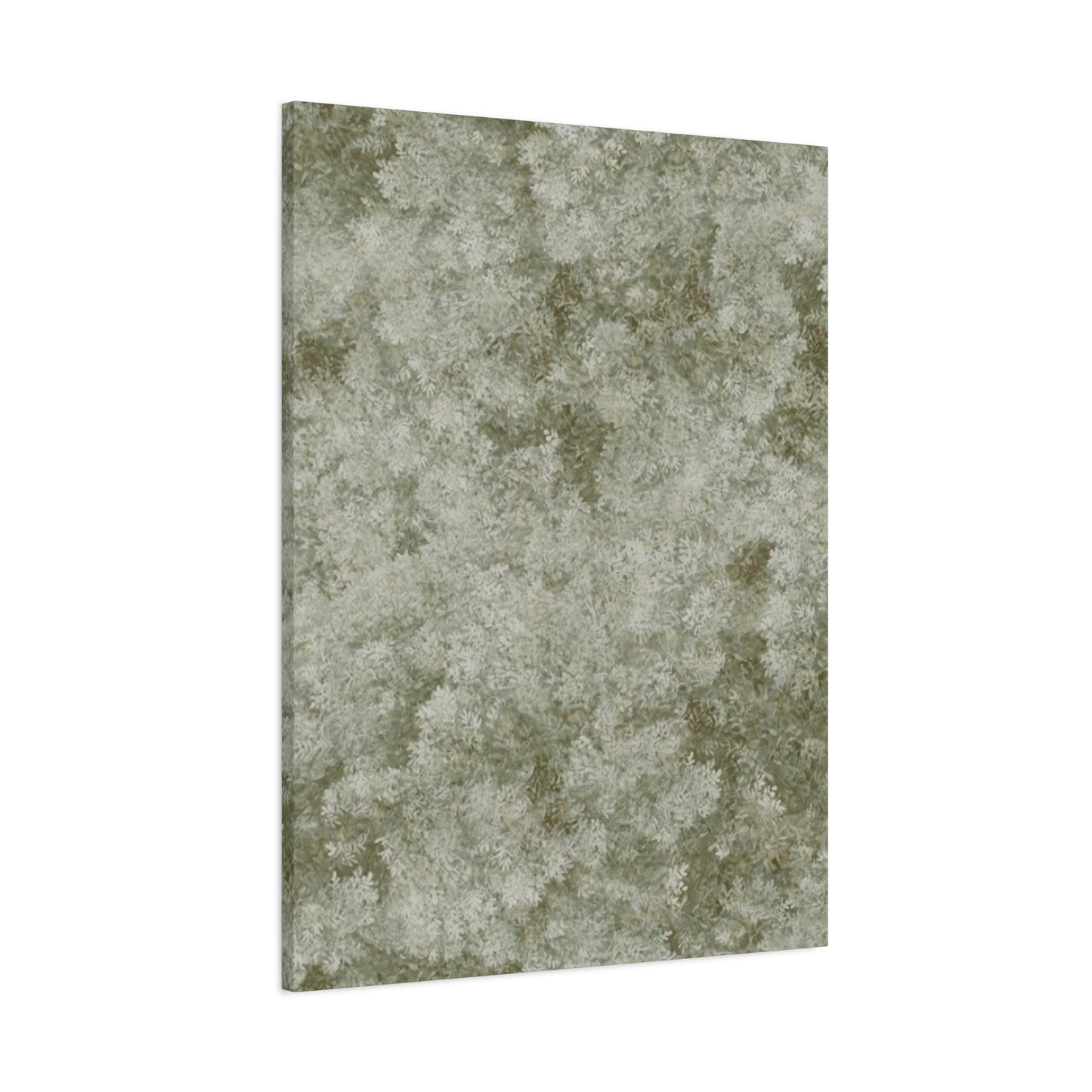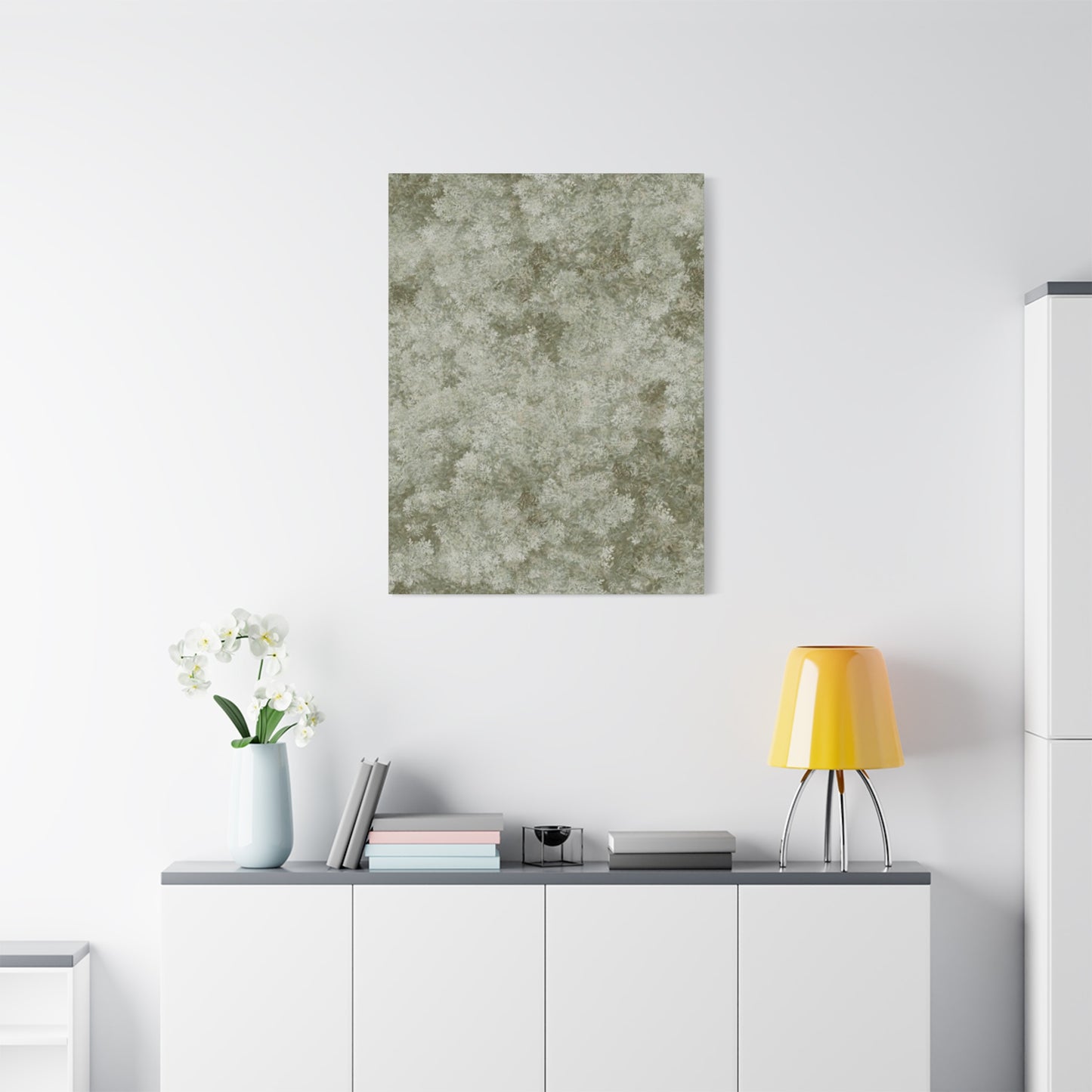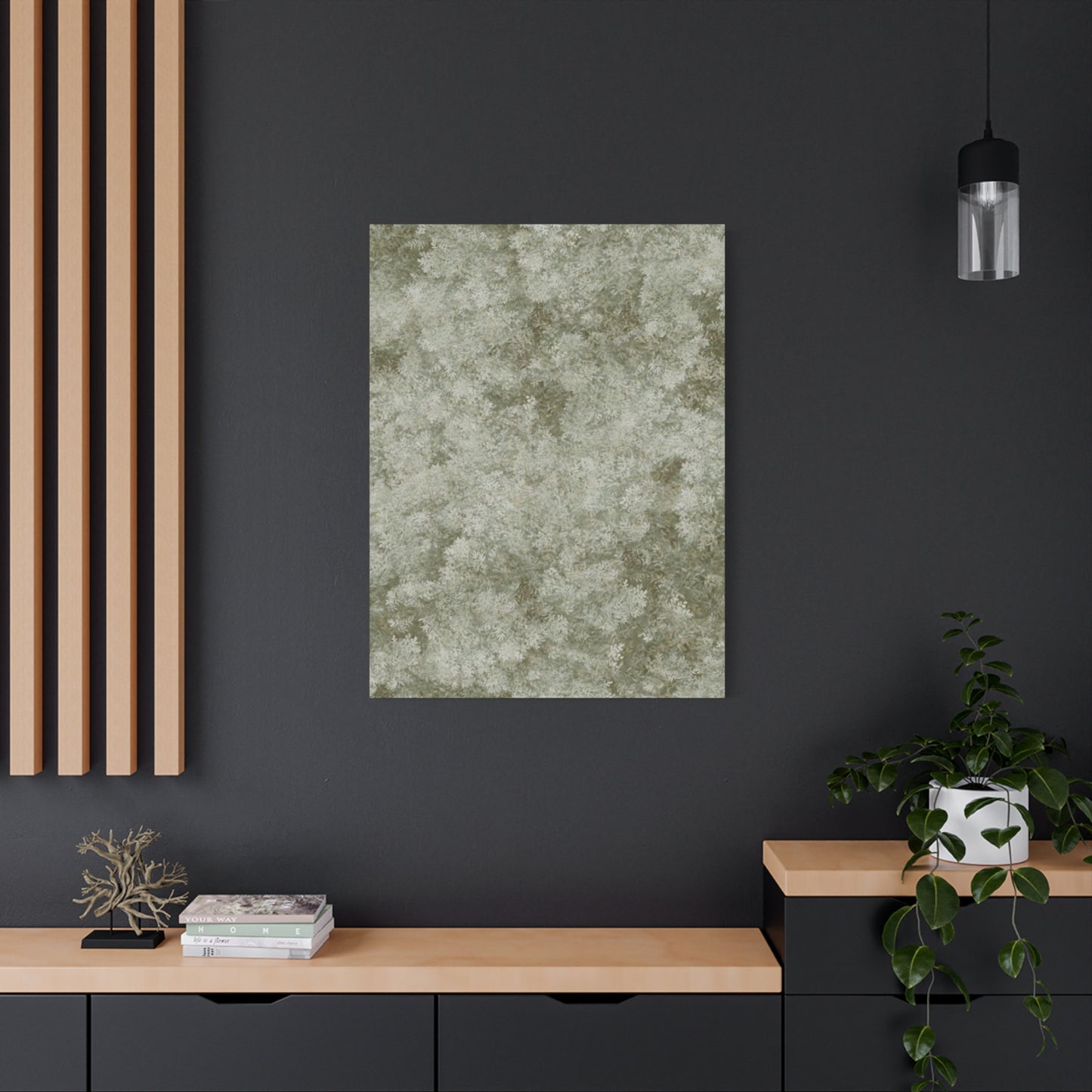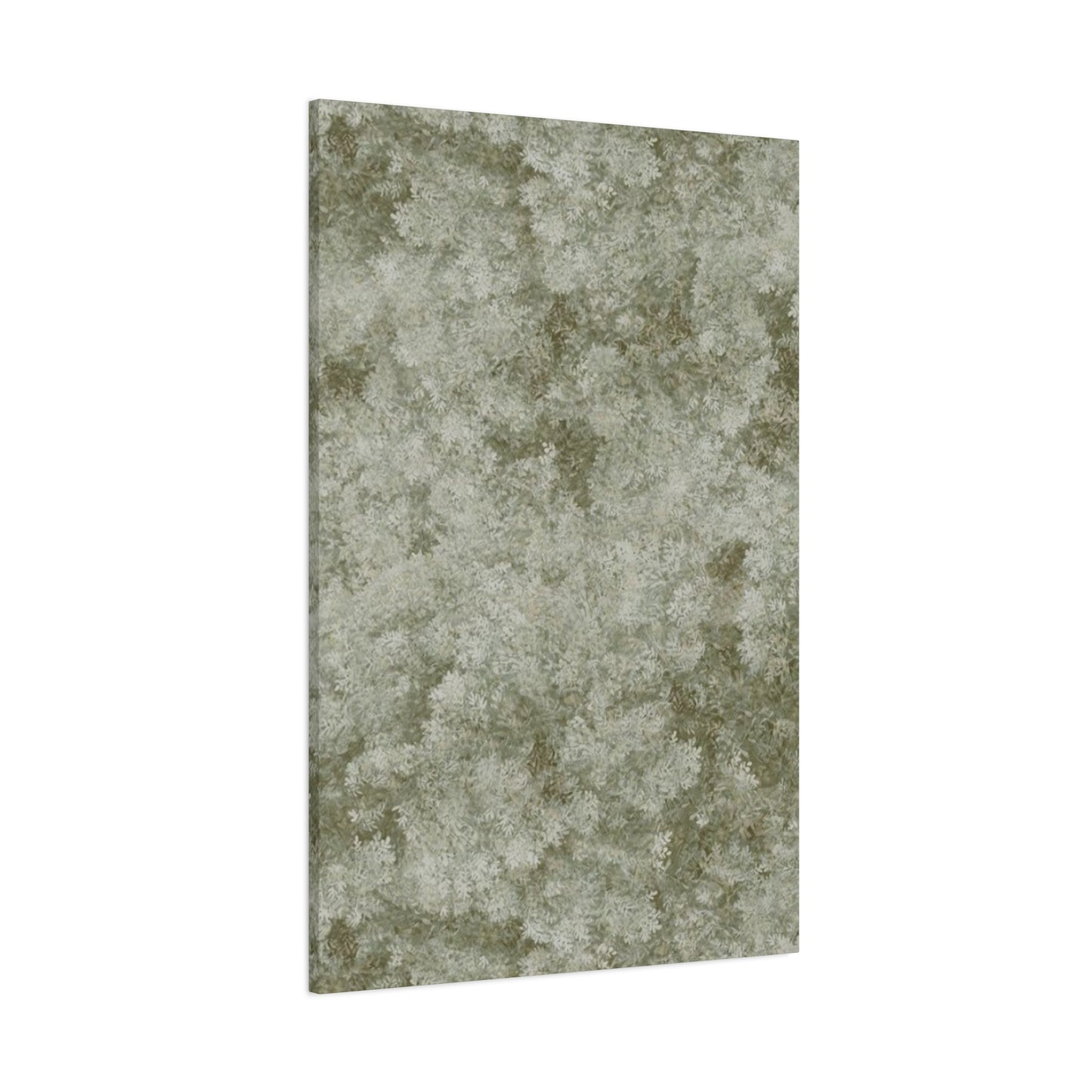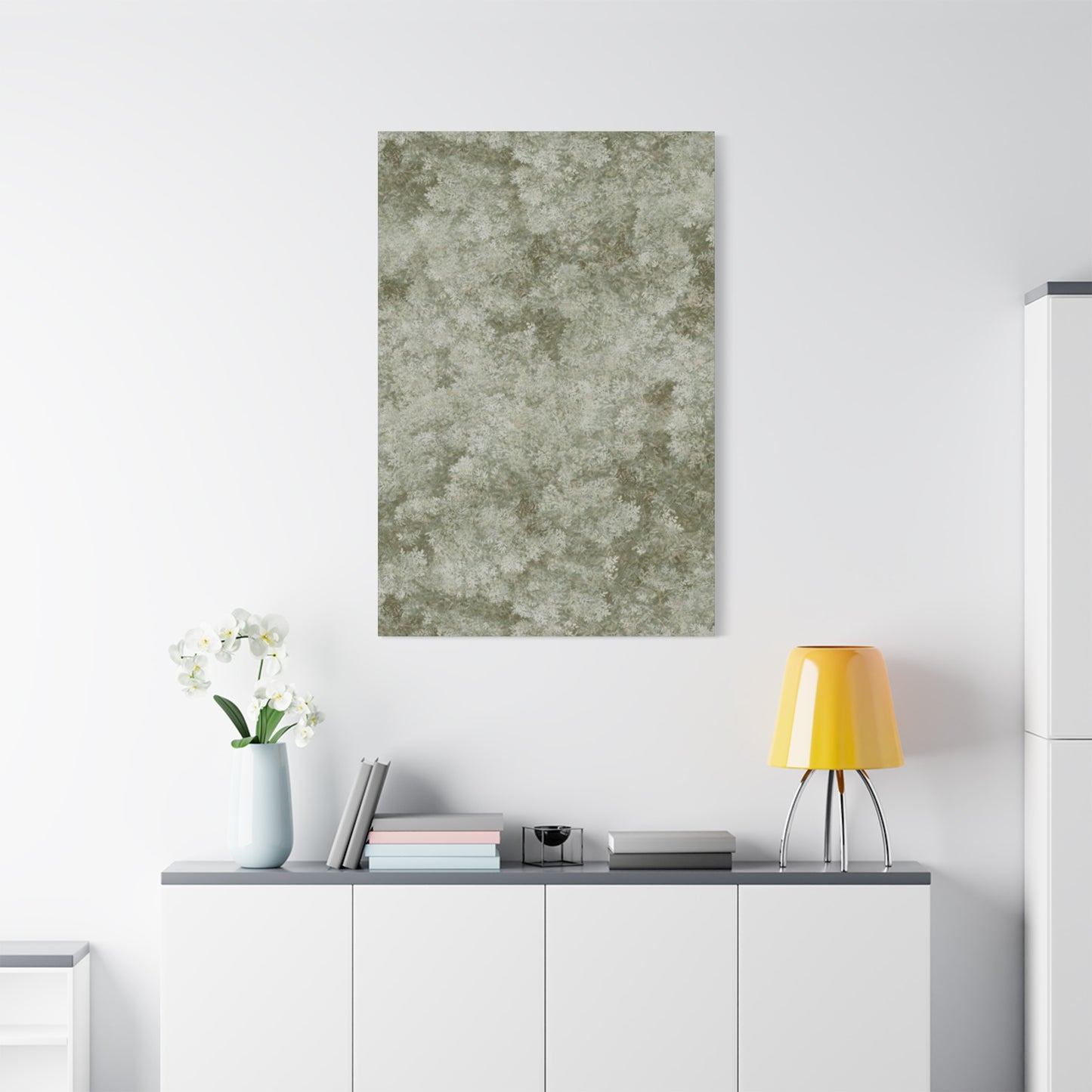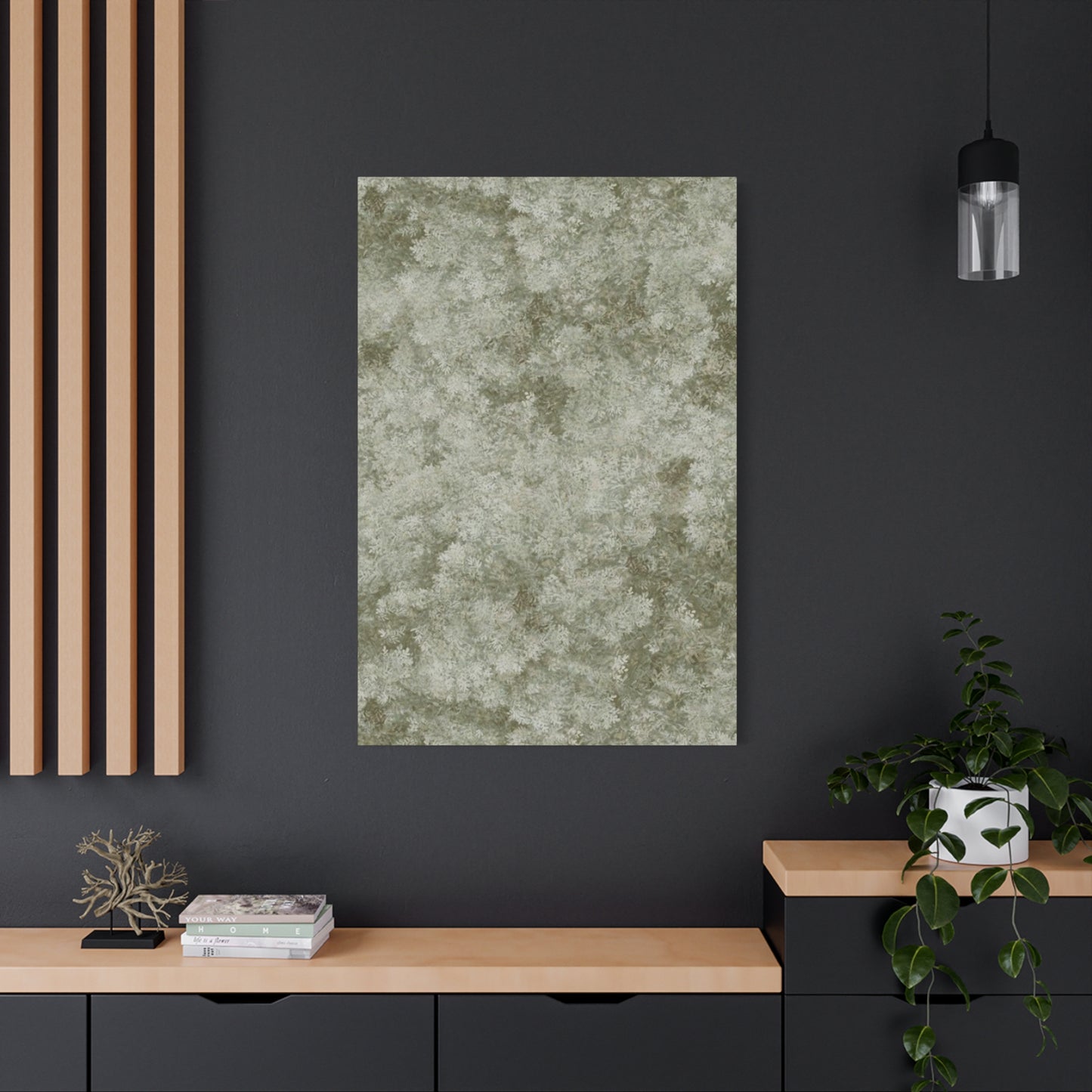Olive Green Painting Wall Art: Enhancing Home Aesthetics with Nature's Most Versatile Hue
The rich, sophisticated tones of olive green have emerged as one of the most compelling choices for contemporary home decoration. This versatile hue, reminiscent of Mediterranean landscapes and ancient wisdom, brings a unique blend of warmth and tranquility to any environment. When incorporated into wall art, olive green creates an atmosphere that is both grounding and inspiring, making it an ideal choice for homeowners seeking to establish a connection with nature while maintaining an elegant aesthetic.
Olive green wall art represents more than just a decorative choice; it embodies a philosophy of living that values harmony, balance, and natural beauty. This distinctive color, positioned between yellow and green on the color spectrum, carries the calming properties of green while incorporating the energizing qualities of yellow, resulting in a hue that promotes both relaxation and creativity. The psychological impact of olive green is profound, often associated with growth, renewal, and stability, making it particularly suitable for creating environments that support both productivity and well-being.
The versatility of olive green in artistic expression allows it to adapt to various styles and preferences, from minimalist modern approaches to richly detailed traditional compositions. Whether featured as the dominant color in a painting or used as a complementary accent, olive green brings depth and sophistication to artistic works. This adaptability makes olive green wall art an excellent investment for homeowners who appreciate flexibility in their decorative choices and want pieces that can evolve with changing trends and personal tastes.
Contemporary artists have embraced olive green as a means of connecting urban living with natural elements, creating works that serve as windows to the natural world. The color's inherent earthiness makes it particularly effective in abstract compositions, where its organic qualities can be explored without the constraints of realistic representation. At the same time, olive green excels in realistic portrayals of landscapes, botanical subjects, and architectural elements, providing artists with a color that can convey both the subtlety and drama of the natural world.
The growing popularity of olive green wall art reflects broader trends in home decoration that prioritize sustainability, natural materials, and biophilic design principles. As people increasingly seek to create homes that serve as sanctuaries from the fast-paced modern world, olive green offers a color solution that promotes mindfulness and connection to nature. This trend has led to an explosion of artistic works featuring olive green, ranging from large-scale canvas paintings to intricate botanical prints and abstract compositions.
Combining Olive Green with Other Colors in Art
The art of color combination reaches new heights when olive green serves as either the foundation or accent in artistic compositions. This sophisticated hue possesses the remarkable ability to harmonize with an extensive palette of colors, creating visual experiences that range from subtle and sophisticated to bold and dramatic. Understanding how olive green interacts with other colors opens up endless possibilities for creating compelling wall art that enhances any environment.
When paired with warm earth tones such as terracotta, burnt sienna, and warm browns, olive green creates compositions that evoke the Mediterranean countryside and desert landscapes. These combinations work particularly well in abstract paintings where the colors can flow and blend organically, creating visual textures that suggest natural formations like rock strata or weathered surfaces. The interplay between olive green and these warm tones produces art that feels grounded and nurturing, perfect for creating cozy, welcoming atmospheres in living areas and bedrooms.
The combination of olive green with cooler blues and grays results in more contemporary and sophisticated artistic expressions. Deep navy blues create a striking contrast with olive green, producing compositions that feel both modern and timeless. This pairing works exceptionally well in geometric abstract pieces where the contrast between the colors can be used to create visual tension and interest. Lighter blues, such as sage or powder blue, create gentler harmonies with olive green, resulting in art that feels fresh and calming, ideal for bathrooms and bedrooms where tranquility is desired.
Metallic accents, particularly gold and copper, create luxurious combinations with olive green that elevate the sophistication of artistic works. Gold leaf or metallic paint used sparingly in olive green compositions adds elements of glamour and richness without overwhelming the natural qualities of the base color. These metallic touches can be incorporated as highlighting details, geometric elements, or textural additions that catch and reflect light, adding dynamic visual interest to the artwork throughout different times of day.
The pairing of olive green with various shades of pink creates unexpectedly harmonious combinations that challenge traditional color expectations. Dusty rose and blush tones complement olive green beautifully, creating compositions that feel both modern and romantically nostalgic. These combinations work particularly well in floral and botanical artwork, where the natural color relationships found in plants and flowers can be explored and celebrated.
Monochromatic approaches using different shades and tints of olive green create sophisticated, layered compositions that demonstrate the full range and versatility of this complex color. By incorporating lighter sage greens, deeper forest tones, and various olive variations, artists can create works with remarkable depth and visual interest without relying on contrasting colors. These monochromatic olive green pieces work exceptionally well in minimalist environments where subtle sophistication is preferred over bold statements.
The successful combination of olive green with other colors in art requires understanding the emotional and psychological impacts of different color relationships. Complementary color schemes using olive green with its opposite on the color wheel create dynamic, energizing compositions, while analogous color schemes using neighboring colors create more harmonious, restful effects. The choice of color combination should reflect the intended mood and purpose of the artwork within its designated environment.
Texture and finish also play crucial roles in how olive green combines with other colors in artistic works. Matte finishes tend to absorb light and create more subtle color interactions, while glossy or metallic finishes reflect light and create more dramatic color contrasts. Mixed media approaches that incorporate different textures and finishes can create complex visual experiences where olive green interacts differently with various materials and surfaces within the same piece.
Olive Green in Modern vs Classic Paintings
The evolution of olive green's role in artistic expression reveals fascinating differences between its application in classical and contemporary works. This versatile color has maintained its relevance across centuries of artistic development, adapting to changing aesthetic philosophies while retaining its fundamental appeal as a sophisticated and naturalistic hue.
In classical paintings, olive green often served functional purposes related to realistic representation and symbolic meaning. Old masters used olive green primarily in landscape paintings to depict foliage, particularly the silvery-green leaves of olive trees that were common in Mediterranean settings. The color appeared in religious and mythological scenes where it carried symbolic weight, representing peace, wisdom, and divine favor. Classical artists approached olive green as a naturalistic color, using it to create convincing representations of the natural world within carefully structured compositions.
The techniques employed by classical artists in working with olive green were often subtle and restrained, reflecting the aesthetic values of their time. Glazing techniques allowed artists to build up luminous olive green tones gradually, creating depth and richness that seemed to glow from within the painting. These classical approaches emphasized the color's ability to suggest light filtering through foliage or the patina of ancient bronze, creating atmospheric effects that enhanced the overall mood and meaning of the artwork.
Modern and contemporary artists have liberated olive green from its purely representational roles, exploring its emotional and psychological properties in abstract and conceptual works. Contemporary painters use olive green as a vehicle for expressing complex emotions and ideas, often divorcing the color from its natural associations to explore its pure visual and emotional impact. This freedom has led to innovative uses of olive green in large-scale color field paintings, mixed media works, and installations where the color serves as both subject and medium.
The application techniques used in modern olive green paintings reflect contemporary artistic values and available technologies. Acrylic paints allow for bold, immediate application of olive green in ways that were not possible with traditional oil techniques. Modern artists can create flat, uniform fields of olive green or build up heavily textured surfaces where the color's interaction with light creates constantly changing visual experiences. These technical innovations have expanded the expressive possibilities of olive green beyond what classical artists could achieve.
Contemporary abstract artists have discovered olive green's unique ability to serve as both a calming neutral and an assertive color statement, depending on its context and application. In minimalist works, olive green can dominate large canvases with subtle variations in tone and texture, creating meditative experiences that invite prolonged contemplation. In more dynamic abstract compositions, olive green can interact with bold contrasting colors to create visual tension and movement that reflects the energy and complexity of modern life.
The conceptual approaches to olive green in modern art often explore themes of environmentalism, sustainability, and humanity's relationship with nature. Contemporary artists use olive green to comment on ecological concerns, urbanization, and the loss of natural environments. These thematic explorations give modern olive green paintings additional layers of meaning beyond their purely aesthetic appeal, creating works that engage viewers intellectually as well as visually.
Digital art and mixed media approaches have created new possibilities for incorporating olive green into contemporary artistic works. Digital artists can manipulate olive green in ways that would be impossible with traditional media, creating gradients, patterns, and effects that push the boundaries of how we understand and experience color. These technological innovations continue to expand the creative possibilities for artists working with olive green.
The market reception of olive green paintings also differs significantly between classical and contemporary works. Classical olive green paintings are valued for their historical significance, technical mastery, and adherence to established artistic traditions. Contemporary olive green works are often evaluated based on their innovation, conceptual depth, and ability to engage with current cultural and social issues.
How Olive Green Art Creates a Calming Vibe
The psychological impact of olive green in artistic compositions extends far beyond mere aesthetic appeal, creating environments that actively promote relaxation, focus, and emotional well-being. This remarkable color possesses inherent qualities that make it particularly effective at establishing calming atmospheres, making olive green wall art an excellent choice for creating peaceful, restorative environments in homes and workplaces.
The calming properties of olive green stem from its position in the color spectrum and its associations with natural elements. As a muted green with yellow undertones, olive green combines the restorative qualities of green with the gentle warmth of yellow, creating a color that feels both energizing and soothing. This unique combination allows olive green art to create environments that promote alertness without causing overstimulation, making it ideal for areas where both relaxation and productivity are desired.
Scientific research into color psychology has consistently demonstrated that green tones, including olive green, have measurable effects on human physiology and psychology. Exposure to green colors has been shown to reduce cortisol levels, lower blood pressure, and decrease muscle tension, all of which contribute to feelings of calm and relaxation. When these benefits are incorporated into wall art, the effects can be particularly pronounced, as artwork typically occupies prominent positions in living environments where it can exert ongoing influence on occupants' moods and stress levels.
The natural associations of olive green contribute significantly to its calming effects in artistic applications. This color immediately evokes images of peaceful olive groves, ancient trees, and Mediterranean landscapes, creating mental connections to tranquil, timeless environments. When featured in wall art, olive green can serve as a visual reminder of these peaceful natural settings, helping to create psychological distance from urban stress and modern pressures.
The versatility of olive green in creating calming environments extends to its ability to work effectively in various lighting conditions. Unlike some colors that can appear harsh or aggressive under certain types of light, olive green maintains its soothing qualities across different lighting situations. In bright natural light, olive green appears fresh and vital, while in softer artificial lighting, it takes on warmer, more intimate qualities. This adaptability ensures that olive green art continues to provide calming benefits throughout different times of day and seasons.
Texture and technique in olive green artwork can enhance or modify its calming properties. Soft, blended applications of olive green create gentle, cloud-like effects that promote deep relaxation and contemplation. More textured applications can add visual interest while maintaining the color's fundamental calming qualities, creating art that engages viewers without causing overstimulation. The choice of artistic technique should reflect the intended level of calm and the specific needs of the environment where the artwork will be displayed.
The scale and composition of olive green art also influence its calming effects. Large-scale olive green paintings can create immersive environments that surround viewers with the color's soothing properties, while smaller pieces can provide focal points for meditation and contemplation. Horizontal compositions tend to enhance the calming effects of olive green by suggesting landscape horizons and natural stability, while vertical compositions can create feelings of growth and aspiration while maintaining the color's fundamental tranquility.
Abstract olive green compositions offer unique opportunities for creating calming effects through non-representational means. Without the distraction of recognizable forms, viewers can focus entirely on the emotional and psychological impact of the color itself. Abstract olive green art can create meditative experiences where the mind is free to wander and relax without being directed toward specific thoughts or associations.
The integration of olive green art with other calming design elements can amplify its beneficial effects on mood and well-being. When combined with natural materials, soft textures, and organic forms, olive green artwork becomes part of a comprehensive approach to creating restorative environments. This holistic approach to environmental design recognizes that color is just one element in creating truly calming and therapeutic living environments.
Abstract vs Realistic Olive Green Paintings
The artistic interpretation of olive green varies dramatically between abstract and realistic approaches, each offering unique aesthetic experiences and emotional impacts. Understanding these different approaches helps art enthusiasts make informed decisions about which style best suits their personal preferences and environmental needs.
Realistic olive green paintings focus on accurate representation of the natural world, using the color to depict recognizable subjects such as landscapes, botanical specimens, and architectural elements. These works rely on olive green's natural associations to create emotional connections with viewers, often featuring Mediterranean scenes, ancient olive groves, or detailed studies of plants and foliage. Realistic olive green art provides viewers with windows into natural environments, creating sense of connection with the outdoor world even within indoor settings.
The technical demands of realistic olive green painting require artists to understand the color's behavior in various natural contexts. Olive green appears differently depending on lighting conditions, seasonal changes, and atmospheric effects, requiring artists to master subtle variations and gradations to achieve convincing realistic effects. These technical challenges result in artworks that demonstrate high levels of skill and craftsmanship, appealing to viewers who appreciate technical mastery and attention to detail.
Realistic olive green landscapes often focus on capturing the unique quality of Mediterranean light and atmosphere. These paintings might depict rolling hills covered in olive trees, ancient stone buildings weathered to olive-green patinas, or detailed botanical studies showing the intricate structure of olive leaves and branches. The emotional impact of these realistic works comes from their ability to transport viewers to peaceful, timeless environments that feel both familiar and exotic.
Abstract olive green paintings liberate the color from representational constraints, exploring its pure visual and emotional properties without reference to specific natural subjects. Abstract artists use olive green to create compositions that engage viewers on emotional and intuitive levels, often combining the color with various textures, forms, and other hues to create complex visual experiences that cannot be reduced to simple natural associations.
The freedom of abstract expression allows artists to explore olive green's psychological and spiritual dimensions in ways that realistic representation cannot achieve. Abstract olive green paintings might use the color to suggest growth, transformation, or connection to natural cycles without depicting specific natural forms. These works often invite personal interpretation and emotional response, creating different experiences for different viewers based on their individual associations and preferences.
Contemporary abstract artists working with olive green often explore themes of environmentalism and sustainability through non-representational means. Large-scale color field paintings in various olive green tones can create immersive experiences that suggest natural environments without depicting specific places or objects. These abstract approaches allow viewers to develop their own emotional and intellectual relationships with the color and its associations.
Mixed media abstract works incorporating olive green offer opportunities to explore the color's interaction with various materials and textures. Artists might combine olive green paint with natural materials like sand, leaves, or wood to create tactile experiences that blur the boundaries between abstract and realistic representation. These mixed media approaches can create unique visual and textural experiences that engage multiple senses.
The market appeal of abstract versus realistic olive green paintings reflects different consumer preferences and design philosophies. Realistic olive green art appeals to viewers who prefer recognizable subjects and traditional artistic skills, while abstract olive green works attract those who appreciate conceptual innovation and contemporary artistic expression. Both approaches have devoted followings and can command significant market value depending on the artist's reputation and the work's quality.
The integration of abstract and realistic olive green paintings into home environments requires different considerations. Realistic works often serve as focal points that draw attention and invite contemplation of specific subjects or scenes. Abstract works may function more as environmental elements that contribute to overall mood and atmosphere without demanding focused attention to particular details or subjects.
The longevity and timelessness of abstract versus realistic olive green paintings also differ significantly. Realistic works tied to specific locations or natural subjects may feel dated as styles and preferences change, while abstract works often possess timeless qualities that allow them to remain relevant across different decorative trends and personal taste evolution.
Popular Styles Featuring Olive Green on Canvas
The incorporation of olive green into various artistic styles has produced a rich diversity of canvas works that appeal to different aesthetic sensibilities and decorative preferences. Understanding these popular styles helps art enthusiasts identify approaches that align with their personal taste and environmental needs.
Mediterranean-inspired paintings represent one of the most popular styles featuring olive green on canvas. These works typically depict sun-drenched landscapes with ancient olive groves, weathered stone buildings, and rolling hills characteristic of Southern European countryside. Artists working in this style use olive green to capture the distinctive atmosphere of Mediterranean regions, often combining the color with warm earth tones, deep blues, and golden yellows to create compositions that evoke feelings of warmth, history, and timeless beauty.
Botanical and nature-inspired styles have embraced olive green as a primary color for depicting plant life and natural environments. Contemporary botanical artists use olive green in detailed studies of leaves, stems, and foliage, creating works that celebrate the subtle beauty of plant forms. These botanical styles range from scientifically accurate illustrations to more interpretive and artistic representations that emphasize the aesthetic qualities of natural forms over strict botanical accuracy.
Minimalist and contemporary abstract styles frequently feature olive green as a sophisticated neutral that can dominate large canvas surfaces or serve as a calming background for more dynamic elements. Minimalist artists appreciate olive green's ability to create visual impact through color alone, without relying on complex compositions or multiple hues. These works often explore subtle variations in tone, texture, and application technique to create visual interest within apparently simple compositions.
Vintage and retro-inspired styles have rediscovered olive green as a color that evokes specific historical periods, particularly the mid-century modern era and 1970s aesthetic movements. Artists working in these styles often combine olive green with other period-appropriate colors such as burnt orange, mustard yellow, and deep browns to create compositions that feel both nostalgic and contemporary. These retro-inspired works appeal to collectors and decorators interested in vintage aesthetics and historical design movements.
Industrial and urban contemporary styles incorporate olive green as a sophisticated alternative to more common industrial colors like gray and black. These works might feature olive green in geometric compositions, architectural subjects, or abstract representations of urban environments. The color's natural origins provide an interesting contrast to industrial themes, creating visual tension that reflects the complex relationship between natural and built environments in contemporary life.
Traditional landscape painting styles continue to rely on olive green for depicting various natural environments beyond the Mediterranean. American and European landscape traditions use olive green in forest scenes, pastoral compositions, and seasonal studies where the color appears in foliage, shadows, and atmospheric effects. These traditional approaches demonstrate olive green's versatility in representing diverse geographical and climatic conditions.
Mixed media and collage styles often incorporate olive green through various materials and techniques, creating complex visual and textural experiences. Artists might combine olive green paint with natural materials, found objects, or digital elements to create works that blur traditional boundaries between different artistic media. These experimental approaches to olive green create unique pieces that cannot be replicated through traditional painting techniques alone.
Contemporary realism styles have found new ways to interpret olive green in highly detailed, often photographic representations of contemporary subjects. These works might feature olive green in urban environments, modern architecture, or contemporary still life compositions where the color appears in manufactured objects, clothing, or modern landscapes. This contemporary realism demonstrates olive green's relevance in depicting current rather than historical or natural subjects.
Impressionist and post-impressionist inspired styles continue to find new expressions through olive green applications. Contemporary artists working in these historical styles use olive green in broken color techniques, atmospheric effects, and light studies that explore the color's behavior under various lighting conditions. These neo-impressionist approaches demonstrate the ongoing relevance of historical painting techniques in contemporary artistic expression.
The popularity of different olive green styles varies with current design trends and cultural influences. Some styles experience periods of increased popularity based on broader aesthetic movements, while others maintain consistent appeal across different trend cycles. Understanding these popularity patterns can help collectors and decorators make informed decisions about acquiring olive green artwork that will remain relevant and appealing over time.
Olive Green Wall Art for Living Rooms
The living room serves as the primary gathering place in most homes, making it crucial to select wall art that creates the right atmosphere for both relaxation and social interaction. Olive green wall art offers unique advantages in living room environments, providing sophisticated color that promotes conversation while maintaining the peaceful atmosphere essential for comfortable family life.
The scale of olive green artwork in living rooms requires careful consideration of the room's proportions and existing furnishings. Large-scale olive green paintings can serve as dramatic focal points that anchor seating arrangements and define conversation areas. These substantial pieces work particularly well above sofas or fireplaces, where they can command attention while providing visual weight that balances other large furniture elements. The calming nature of olive green makes it suitable for large-scale applications that might be overwhelming in more aggressive colors.
Medium-sized olive green artworks offer flexibility in living room arrangements, allowing for gallery walls, paired compositions, or standalone displays that can be easily reconfigured as furniture arrangements change. These versatile pieces can be combined with other artworks to create dynamic displays that reflect personal taste and evolving aesthetic preferences. The neutral qualities of olive green make it an excellent color for artworks that will be viewed in combination with other pieces.
The lighting conditions in living rooms significantly impact how olive green wall art appears throughout different times of day and seasons. Natural light from windows can make olive green appear fresh and vital during daylight hours, while artificial lighting in the evening creates warmer, more intimate effects. Living rooms with multiple lighting sources allow olive green art to display its full range of visual possibilities, appearing different yet consistently appealing under various lighting conditions.
The style of olive green art selected for living rooms should reflect the room's overall design aesthetic while considering the diverse activities that occur in these multifunctional environments. Abstract olive green pieces can provide sophisticated backgrounds for various activities without demanding constant attention, while more detailed realistic works can serve as conversation starters and points of interest for guests. The choice between abstract and realistic approaches should reflect both personal preference and the room's functional requirements.
Color coordination between olive green wall art and existing living room furnishings requires understanding how the color interacts with various materials and textures commonly found in these environments. Olive green complements natural materials like wood and leather particularly well, creating harmonious environments that feel both sophisticated and comfortable. The color also works beautifully with neutral fabrics and contemporary materials, making it adaptable to various decorating styles and preferences.
The placement of olive green wall art in living rooms should consider sight lines from various seating positions and the room's traffic patterns. Artworks should be positioned where they can be appreciated from primary seating areas while not interfering with movement through the room. The height of artwork placement is crucial, with most pieces benefiting from hanging at eye level when seated, ensuring comfortable viewing angles for relaxed appreciation.
Thematic considerations for olive green living room art might include landscapes that promote relaxation, abstract compositions that complement conversation, or botanical subjects that bring natural elements into the indoor environment. The chosen themes should reflect the family's lifestyle and preferences while creating an atmosphere conducive to the various activities that occur in living rooms, from quiet reading to entertaining guests.
The durability and maintenance requirements of olive green wall art in living rooms deserve consideration, as these high-traffic environments may expose artwork to various environmental factors. Canvas pieces with protective finishes are typically more suitable for living rooms than delicate works on paper, which might be better suited to less active areas of the home. The selected artwork should be able to maintain its appearance and impact despite regular exposure to light, temperature variations, and normal household activities.
Seasonal considerations may influence the selection of olive green living room art, particularly in homes where decoration changes with holidays or seasons. Olive green's natural associations make it particularly suitable for autumn displays, while its sophisticated neutral qualities allow it to work effectively in spring and summer arrangements as well. The chosen artwork should be able to coordinate with various seasonal decorative elements without losing its individual impact and appeal.
Using Olive Green Prints in Office Decor
The modern office environment benefits significantly from thoughtful art selection that promotes both productivity and well-being. Olive green prints offer unique advantages in professional settings, providing sophisticated color that enhances focus while creating calming atmospheres conducive to creative thinking and collaboration.
The psychological benefits of olive green in office environments are particularly relevant to contemporary workplace challenges. As professionals increasingly recognize the importance of environmental factors in supporting mental health and productivity, olive green prints provide a natural solution for creating more supportive work environments. The color's association with growth and renewal can help counteract the stagnation that sometimes accompanies routine office work, while its calming properties help reduce stress and anxiety common in demanding professional situations.
Corporate office environments often benefit from large-scale olive green prints that can make significant visual impact in conference rooms, reception areas, and open office environments. These substantial pieces can help define different zones within larger office layouts while providing visual interest that supports the company's professional image. The sophisticated nature of olive green makes it appropriate for client-facing areas where first impressions are crucial, while its calming properties make it beneficial for employee work areas.
Home office spaces require different considerations for olive green print selection, as these environments must support focused individual work while maintaining comfort and personal satisfaction. Smaller olive green prints can provide visual interest without overwhelming compact office areas, while their positioning should support productivity rather than creating distractions. The personal nature of home offices allows for more individual expression in olive green print selection, reflecting personal taste while maintaining professional appropriateness for video calls and client meetings.
The integration of olive green prints with office technology and equipment requires careful consideration of color coordination and visual balance. Modern office environments typically feature significant amounts of black, white, and metallic elements from computers, phones, and other equipment. Olive green prints can provide organic counterpoints to these technological elements, creating visual balance that makes office environments feel more human and less sterile.
Abstract olive green prints often work particularly well in office environments where they can provide visual interest and emotional benefits without creating distractions or inappropriate associations. These non-representational works allow viewers to interpret them personally while maintaining professional appropriateness across diverse workplace cultures and individual preferences. The versatility of abstract olive green prints makes them suitable for various office types, from creative agencies to financial institutions.
The positioning of olive green prints in office environments should consider their impact on productivity and focus. Artworks positioned within the peripheral vision of work areas can provide subconscious benefits without creating active distractions, while pieces positioned in break areas and meeting rooms can serve more active roles in supporting relaxation and creative thinking. The strategic placement of olive green prints can help create environmental cues that support different types of work activities.
Collaborative work areas benefit from olive green prints that promote communication and creative thinking. The color's association with growth and natural cycles can help support innovative thinking and problem-solving activities, while its calming properties can help reduce the tensions that sometimes arise in group work situations. The selection of olive green prints for collaborative areas should consider their impact on group dynamics and creative processes.
Professional services offices, such as law firms, medical practices, and consulting firms, can use olive green prints to create more welcoming environments for clients while maintaining appropriate professional atmosphere. The sophisticated nature of olive green makes it suitable for environments where trust and competence are crucial, while its natural associations can help create more comfortable atmospheres for clients who may be experiencing stress or anxiety.
The maintenance and longevity of olive green prints in office environments require consideration of high-traffic conditions, cleaning requirements, and potential exposure to various environmental factors. Commercial-grade printing and framing may be necessary for office environments, particularly in high-traffic areas where artwork may be subject to more wear than in residential settings. The investment in quality olive green prints for office use can provide long-term benefits in terms of both aesthetic appeal and employee satisfaction.
Nature-Inspired Olive Green Canvas Art
The connection between nature and artistic expression finds perfect embodiment in olive green canvas art that celebrates the natural world's beauty and complexity. This artistic approach combines the psychological benefits of nature imagery with the sophisticated appeal of olive green, creating works that serve as windows to natural environments while enhancing indoor living environments.
Botanical themes represent the most direct approach to nature-inspired olive green canvas art. These works might feature detailed studies of individual plants, leaves, or flowers where olive green appears naturally in the subject matter. Contemporary botanical artists often take interpretive approaches that emphasize the aesthetic qualities of plant forms rather than strict scientific accuracy, creating works that celebrate the beauty of natural shapes, textures, and colors while maintaining artistic sophistication.
Forest and woodland scenes provide rich opportunities for incorporating olive green in landscape compositions that evoke the deep, mysterious qualities of natural forest environments. These works might depict filtered sunlight through olive-toned foliage, moss-covered surfaces, or the complex interplay of light and shadow that characterizes wooded environments. Forest-themed olive green art can bring the restorative qualities of woodland environments into urban and suburban homes where direct access to such environments may be limited.
Mediterranean and coastal landscapes naturally incorporate olive green in depictions of characteristic vegetation and atmospheric effects. These works often combine olive green with blues, whites, and warm earth tones to create compositions that evoke the timeless beauty of coastal environments. The cultural associations of Mediterranean landscapes with leisure, beauty, and the good life make these olive green compositions particularly appealing for creating relaxing, aspirational atmospheres in home environments.
Abstract interpretations of natural themes allow artists to explore the emotional and spiritual aspects of nature through olive green applications that transcend literal representation. These works might use organic forms, flowing compositions, or textural techniques to suggest natural processes like growth, decay, or seasonal change without depicting specific natural subjects. Abstract nature-inspired olive green art can create powerful emotional connections to the natural world while maintaining the flexibility to complement various decorative styles.
Seasonal themes provide opportunities to explore olive green's role in depicting different times of year and natural cycles. Spring compositions might show olive green in fresh new growth, summer works might feature the color in mature foliage, autumn pieces might explore how olive green appears in changing leaves, and winter works might show the color in evergreen plants or weathered surfaces. These seasonal interpretations can help bring awareness of natural cycles into indoor environments.
Wildlife and animal subjects can incorporate olive green as environmental context or natural coloring, creating compositions that celebrate both individual creatures and their natural habitats. These works might show animals in olive-green environments, use the color in depicting creature coloring, or employ olive green in abstract representations of animal movement and behavior. Wildlife-themed olive green art can help maintain connections to the broader natural world while celebrating the beauty of individual species.
Macro and detail-focused nature art can explore olive green as it appears in close-up studies of natural textures, surfaces, and forms. These intimate views of natural subjects might reveal the complex variations and subtle beauty that exist in seemingly simple natural elements. Macro-inspired olive green art can create meditative experiences that encourage viewers to slow down and appreciate the intricate beauty present in everyday natural phenomena.
Environmental and conservation themes can use olive green symbolically to explore humanity's relationship with nature and environmental responsibility. These works might use the color to represent healthy natural environments, explore themes of growth and renewal, or contrast natural olive green with colors representing human impact on natural systems. Environmental-themed olive green art can serve both aesthetic and educational purposes, promoting awareness while providing beautiful additions to living environments.
The technical approaches to creating nature-inspired olive green canvas art vary significantly based on artistic vision and environmental considerations. Plein air techniques might capture olive green as it appears in actual natural settings, while studio approaches might interpret and stylize natural olive green appearances for enhanced artistic impact. Mixed media techniques might incorporate actual natural materials with olive green paint to create complex works that blur boundaries between art and nature.
Mixing Olive Green with Gold Accents in Art
The combination of olive green with gold accents creates some of the most sophisticated and luxurious color relationships available in contemporary wall art. This pairing draws from historical traditions of using gold in religious and ceremonial art while applying these concepts to contemporary aesthetic sensibilities, resulting in works that feel both timeless and thoroughly modern.
The historical precedent for combining olive green with gold traces back to Byzantine and Renaissance art, where gold leaf was commonly used to enhance green pigments in religious paintings and illuminated manuscripts. This traditional combination conveyed ideas about divine nature, eternal life, and spiritual wealth, associations that continue to resonate in contemporary applications. Modern artists draw from these historical precedents while developing new approaches to the olive green and gold combination that reflect contemporary values and aesthetic preferences.
The psychological impact of olive green and gold combinations is particularly powerful, as both colors carry strong positive associations that complement each other effectively. Olive green's calming and grounding properties provide a sophisticated foundation for gold's associations with success, prosperity, and illumination. Together, these colors create visual experiences that feel both aspirational and achievable, making them particularly suitable for environments where motivation and confidence are desired.
Contemporary abstract artists have found innovative ways to incorporate gold accents into olive green compositions, moving beyond traditional gilding techniques to explore modern materials and application methods. Metallic paints, gold leaf, and mixed media approaches allow artists to create various effects, from subtle shimmer to dramatic contrast. These contemporary techniques can create works that change appearance throughout the day as lighting conditions alter the reflective properties of gold elements.
The scale and proportion of gold accents in olive green artworks significantly impact their overall effect and appropriate applications. Subtle gold highlights can enhance olive green compositions without overwhelming their natural character, while more substantial gold elements can create dramatic focal points that command attention. The decision about gold accent proportions should reflect both artistic vision and the intended environment for the finished work.
Geometric applications of gold accents in olive green art can create sophisticated contemporary compositions that feel both structured and organic. Gold lines, shapes, or patterns can provide structure and visual organization to olive green backgrounds, creating works that appeal to viewers who appreciate both natural and architectural beauty. These geometric approaches can work particularly well in modern and contemporary decorative schemes where clean lines and sophisticated color relationships are valued.
Textural applications of gold in olive green artworks can create rich, complex surfaces that reward close examination while maintaining visual impact from distance. Gold leaf applied over textured olive green surfaces can create subtle variations in reflection and color that add depth and interest to compositions. These textural approaches can create works that engage multiple senses and provide ongoing visual interest as viewers discover new details with continued observation.
The integration of gold accents into nature-inspired olive green compositions can enhance their connection to natural phenomena while adding elements of wonder and magic. Gold might represent sunlight filtering through olive-green foliage, the shimmer of water surfaces, or the precious quality of natural beauty itself. These natural applications of gold accents can create works that celebrate both the everyday beauty of nature and its more transcendent qualities.
Contemporary minimalist approaches to olive green and gold combinations often focus on the pure relationship between these colors without additional compositional complexity. Large areas of olive green might be punctuated by carefully placed gold elements, creating compositions that achieve maximum impact through restraint and sophisticated color relationships. These minimalist approaches can create powerful statement pieces that work effectively in contemporary decorative schemes.
The market appeal of olive green and gold artworks reflects their sophisticated color combination and versatile decorative applications. These works often appeal to collectors and decorators who appreciate luxury and sophistication while preferring more subtle approaches to wealth display than might be represented by more obvious luxury symbols. The timeless quality of the olive green and gold combination helps ensure that these works remain relevant across changing decorative trends.
The care and maintenance of artworks combining olive green with gold accents requires understanding the different properties of various materials and finishes. Gold leaf requires different care than metallic paints, while the olive green components may have their own maintenance requirements. Proper care can help ensure that these sophisticated works maintain their beauty and impact over time, making them worthy long-term investments in both aesthetic and financial terms.
Final thoughts
Olive green painting wall art offers a timeless and effortlessly elegant way to elevate your home’s aesthetic. Rooted in nature and celebrated for its versatility, olive green is more than just a color—it’s a mood, a statement, and a subtle nod to organic beauty. Whether used in abstract compositions, botanical illustrations, or textured canvases, olive green brings a sense of grounded sophistication to any room.
As a shade found abundantly in nature, olive green creates a calming and harmonious atmosphere. It bridges the warmth of earth tones and the freshness of leafy greens, making it incredibly adaptable across design styles. Whether you're curating a cozy bohemian space, a minimalist modern home, or a rustic farmhouse interior, olive green wall art integrates effortlessly, enriching your décor without overwhelming it.
What sets olive green apart is its ability to function as both a neutral and an accent color. In wall art, it can either softly complement a muted palette or offer contrast against lighter tones like cream, blush, or white. It invites balance—grounding vibrant spaces and adding depth to simpler ones. With its understated charm, olive green enhances visual warmth while maintaining a refined aesthetic.
Moreover, choosing olive green artwork reflects a thoughtful design approach. It suggests an appreciation for nature, tranquility, and timeless design. Whether you're drawn to abstract paintings, nature-inspired scenes, or minimalist brushwork, olive green provides a soothing foundation that allows texture and composition to shine.
In conclusion, olive green painting wall art is a smart and stylish way to connect your home to nature’s beauty. Its enduring appeal lies in its flexibility, subtlety, and emotional resonance. As a design element, it doesn’t demand attention—it earns it, through quiet strength and natural elegance. Bringing olive green into your walls is more than a color choice—it’s a lifestyle statement that reflects calm, connection, and conscious design.


















